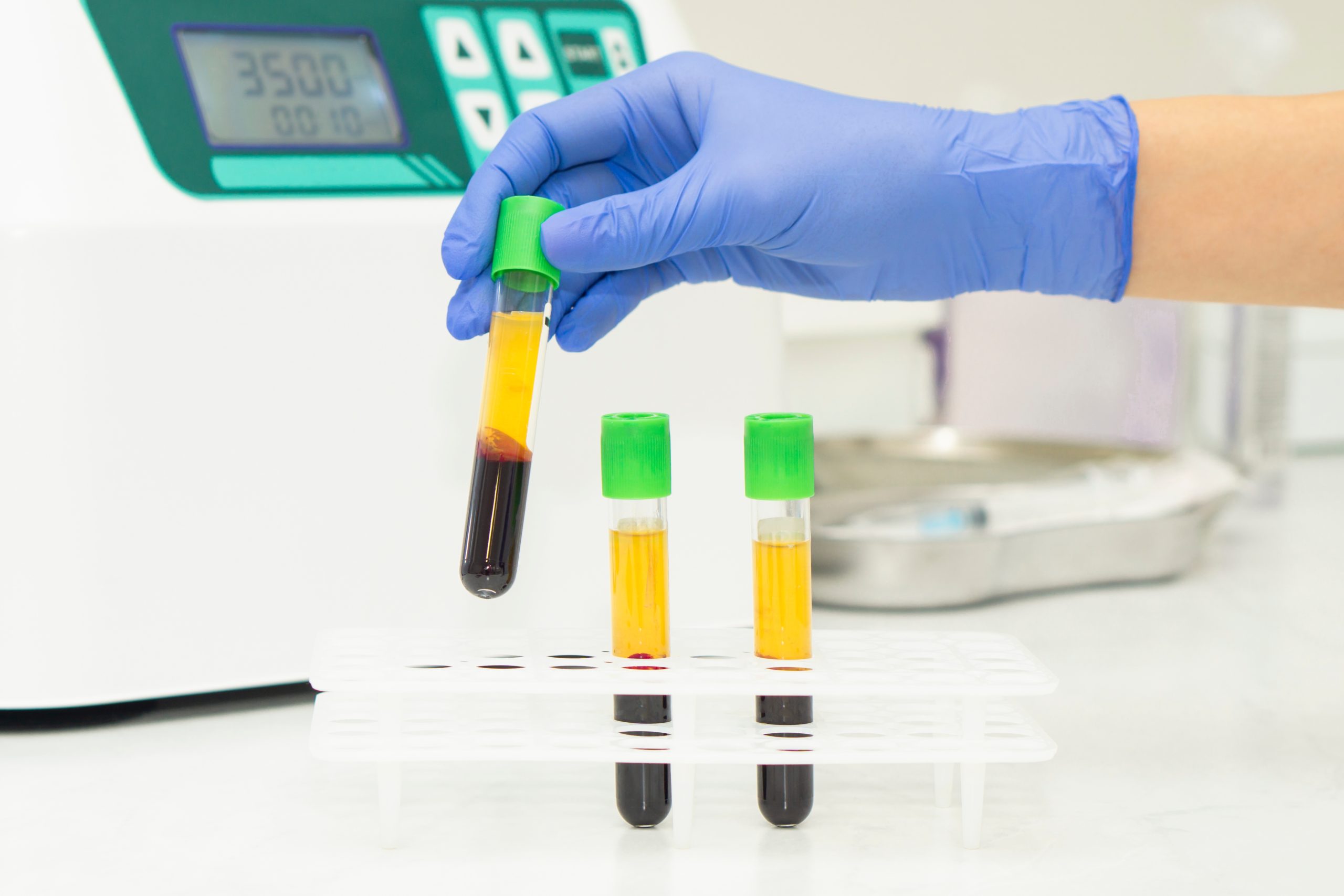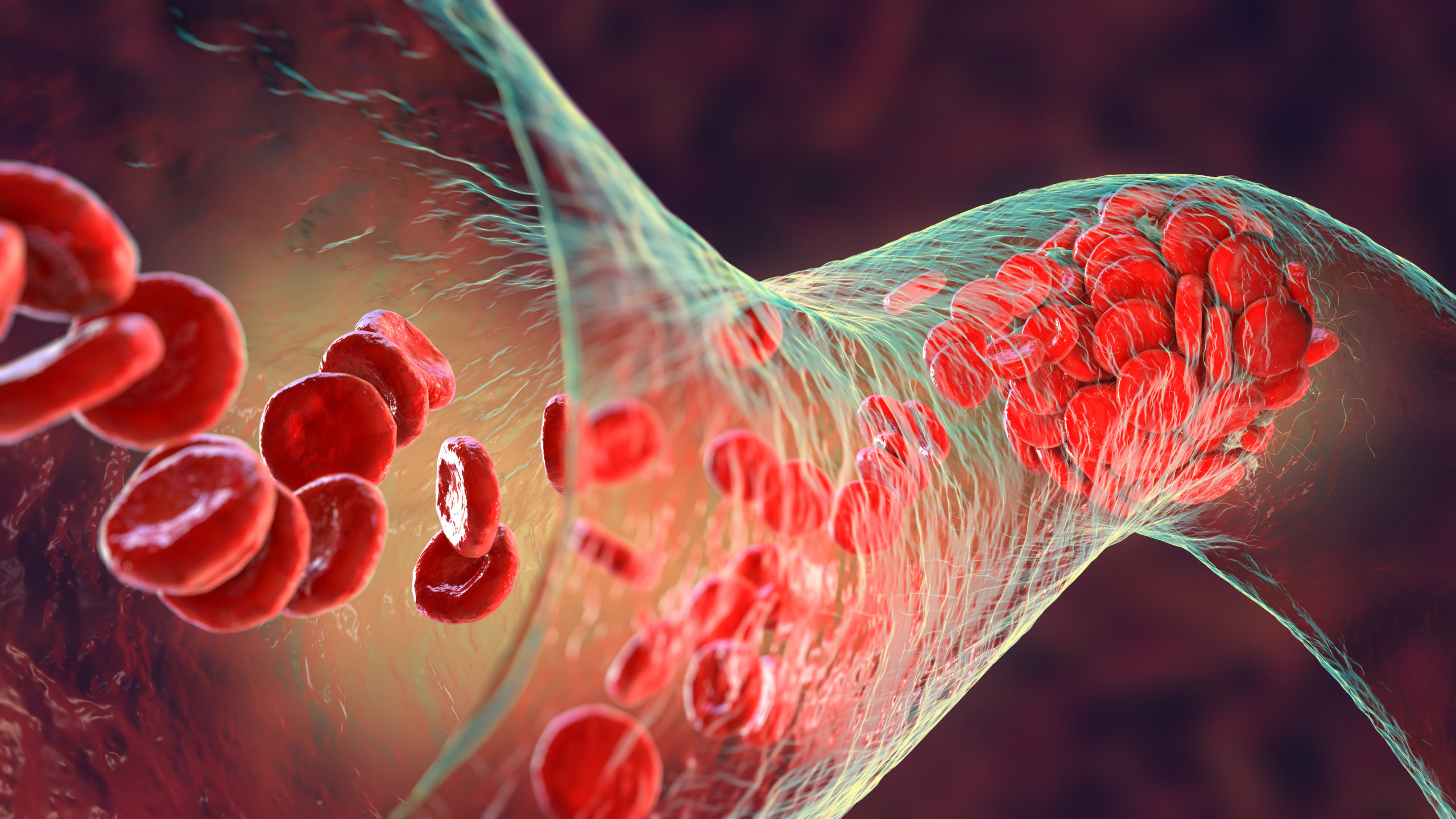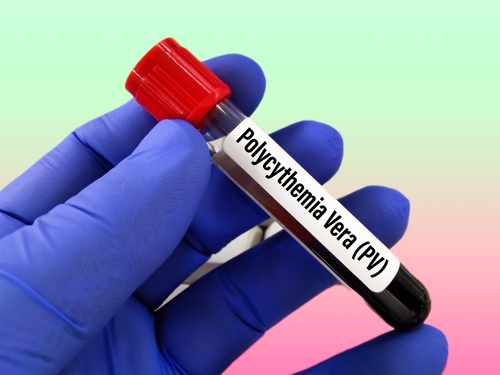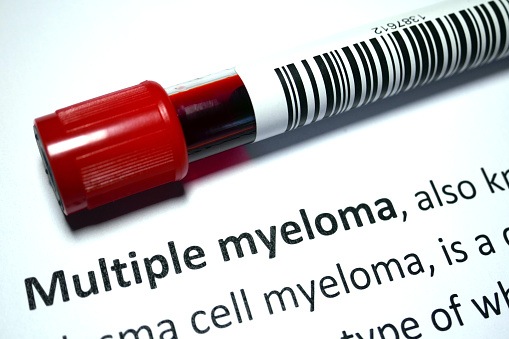Dr. Jay Mathews On New Data that Demonstrate the Safety and Efficacy of Continuous Aspiration Thrombectomy
By Rob Dillard - Last Updated: February 3, 2022Recently, the CHEETAH study (initiated in 2019), the first large study to demonstrate the safety and performance of continuous aspiration thrombectomy for high-risk patients with significant blood clots in the heart.
Presented at TCT, these results are especially important as this is the first large study to confirm that continuous aspiration with Penumbra’s CAT RX can remove coronary blood clots quickly prior to percutaneous coronary intervention (PCI), allowing physicians to see coronary lesions more clearly, streamlining care and improving patient outcomes.
DocWire News spoke to S.Jay Mathews, MD, MS, and principal investigator of the study, about the findings of this study and its implications.
DocWire News: What is continuous aspiration thrombectomy, and when is it used?
Dr. Jay Mathews: So, continuous powered aspiration or mechanical thrombectomy is a way to have a sustained suction force delivered through a catheter. This particular application that we’re talking about today with the CHEETAH trial, it’s done within the coronary arteries. Historically speaking, things were done with, or aspiration was done with manual aspirations. So essentially, a suction syringe or a back lock syringe that would give some degree of suction force that would quickly be attenuated over time. The difference between that in comparison to this system, which is continuous aspiration, is that you’re able to have sustained effects throughout the duration of the procedure.
Talk to us about the CHEETAH study – how was it conducted, and what were the findings?
The CHEETAH study was a prospective study with 400 patients with high thrombus burden, presenting with acute coronary syndrome. So this is grade four or five thrombus, and if post wire crossing, they had a high thrombus burden, they were enrolled in the study. In those patients, they all underwent a thrombectomy utilizing the CAT RX system. The study was remarkable in finding excellent results. There were no device related serious adverse events, but most importantly, the patients all had successful removal of thrombus and improvement of perfusion. So there was essentially over 99% improvement in TIMI flow and TIMI thrombus grade, and also most importantly, extremely high levels, over 99%, myocardial blush grade three, which has been previously unheard of in other trials of a similar nature.
How can these results impact treatment guidelines for acute MI?
Well, for the longest time, especially after the TOTAL trial, which found with manual aspiration there was really no difference with regards to MACE events, and also more concerning an increased risk of stroke, the guidelines change from a 2A recommendation for aspiration thrombectomy to 2B, and for routine thrombectomy and PCI to class three. So we were trying to demonstrate that with potentially advanced technology, which the TOTAL investigators did suggest potentially within the highest thrombus burden subset, that if you could potentially improve upon the existing technologies, that being manual aspiration devices, perhaps the outcomes could be improved.
And so CHEETAH is the first step to suggest, and really is the only major advancement in the stemming world in recent past, with regards to reinvigorating interest in thrombectomy within high thrombus burden PCI. What’s interesting is that hopefully by demonstrating the remarkable safety and also efficacy of the technology, we can potentially do additional research and potentially push the guidelines to allow for selective thrombectomy in this patient population.
What are the clinical implications of the study CHEETAH study?
The CHEETAH study found the benefits of continuous mechanical aspiration thrombectomy with the cataract system in this high risk population subset that had significant clot burden in the coronary arteries. So, we saw restoration of blood flow and reperfusion quickly in most of the patients, and these positive results really confirm the role for continuous powered aspiration. It’s effective, and in a situation where this is really what we call a race against time, because time is muscle, and also these patients are very sick, continuous aspiration improves visualization of the lesions, and also potentially may improve outcomes. This is something that really is a relatively new finding, but something that most interventionalists have aspired to for years.
Any closing thoughts?
I’m really excited for this space. I think we have a lot of work still to do, but I think that the CHEETAH study and also other subsequent studies hopefully will continue to show that continuous mechanical aspiration thrombectomy is effective and potentially can be a game changer for these patients in the future.







 © 2025 Mashup Media, LLC, a Formedics Property. All Rights Reserved.
© 2025 Mashup Media, LLC, a Formedics Property. All Rights Reserved.